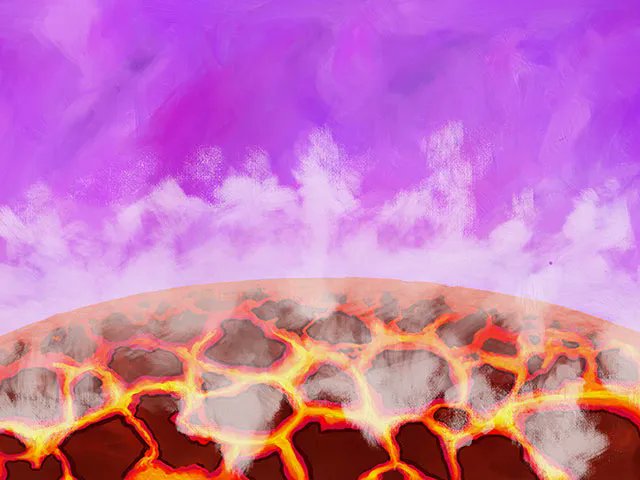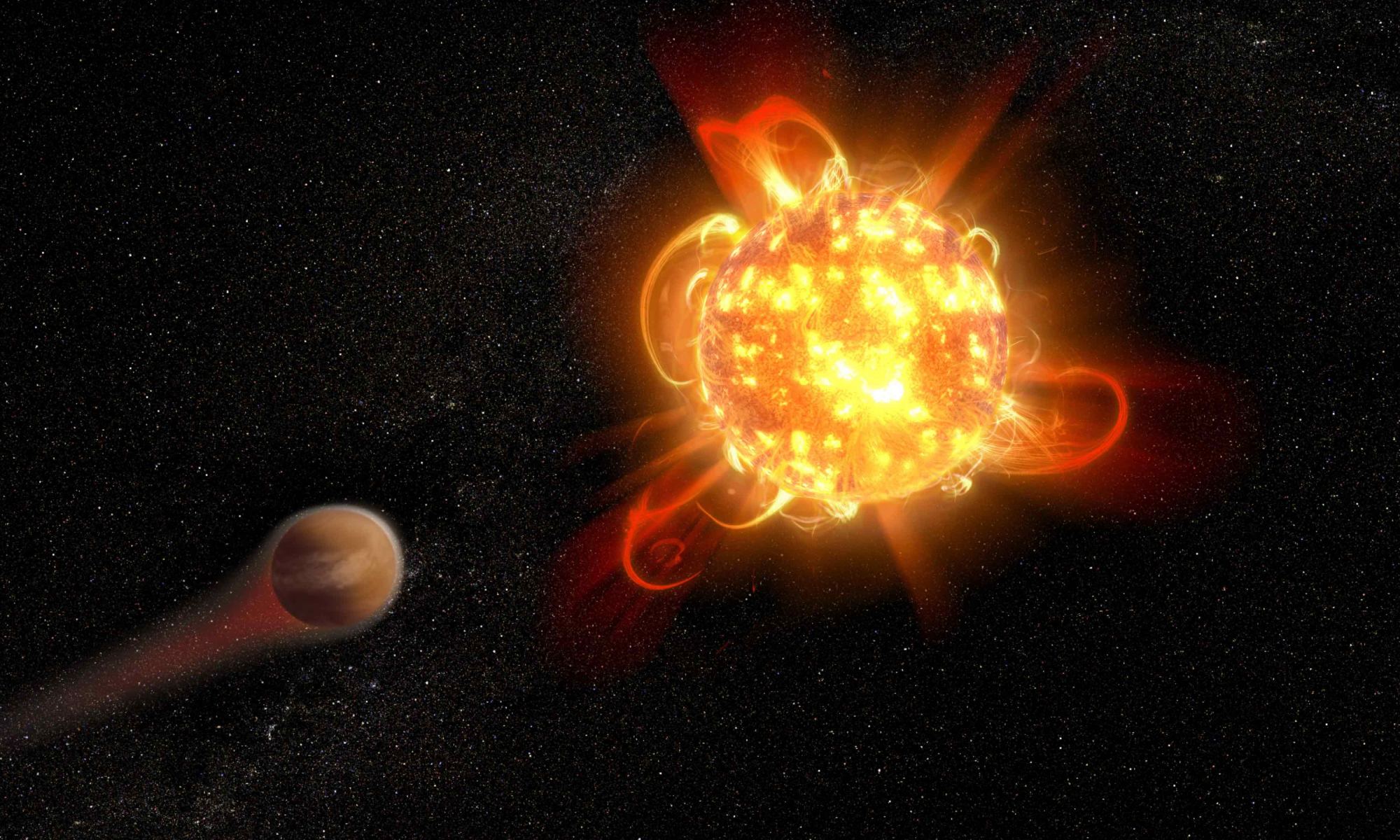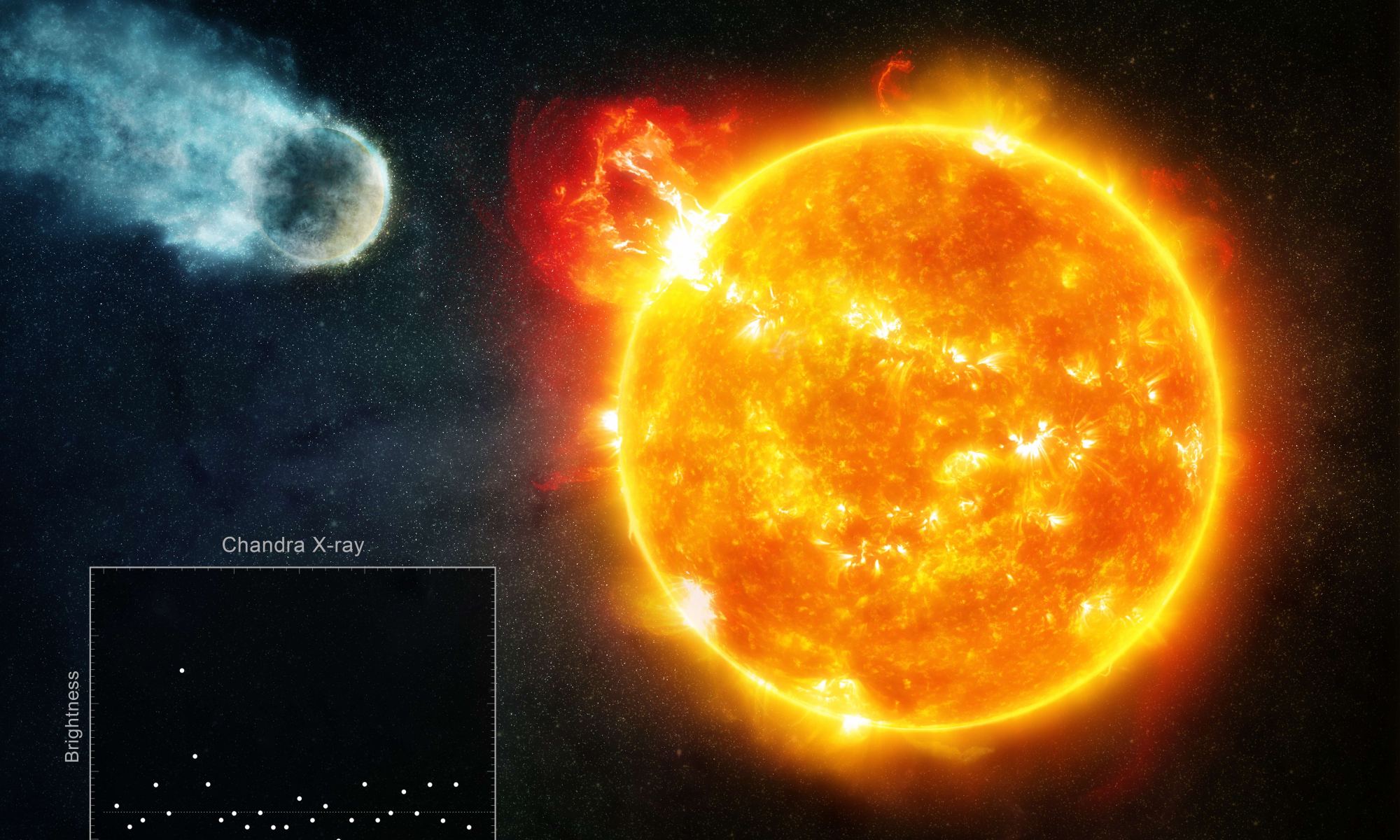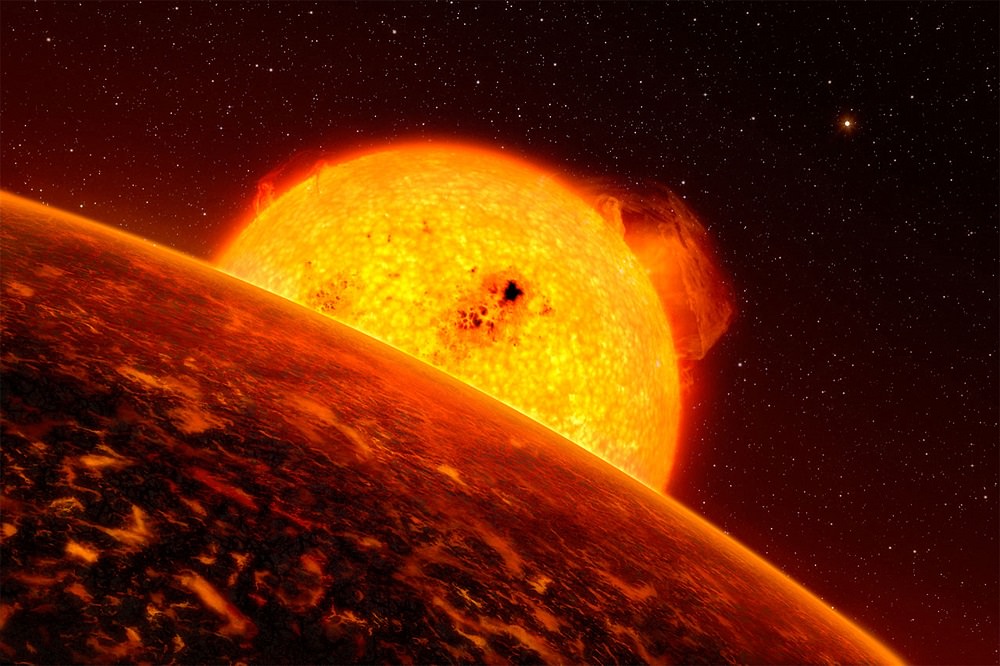“Go then, there are other worlds than these.” Or so Stephen King said in his famous Dark Tower series. As of yet, none of those worlds are known to be like Earth. But, according to some new simulations by researchers at the National Astronomical Observatory of Japan (NAOJ), finding a genuinely Earth-like world might be in the cards by the decade’s end.
Continue reading “Earthlike Worlds With Oceans and Continents Could be Orbiting red Dwarfs, Detectable by James Webb”Life can Thrive Around Even the Smallest Stars
Photosynthesis is probably the most important chemical reaction for life on Earth. It is the process plants use to transform sunlight into energy it can use. Through it, plants can produce carbohydrates they can use (and we can eat when we harvest plants), generating oxygen as a by-product. Photosynthesis is why Earth’s atmosphere is about 20% oxygen. No photosynthesis, no life on Earth as we know it.
Continue reading “Life can Thrive Around Even the Smallest Stars”Astronomers Look at Super-Earths That had Their Atmospheres Stripped Away by Their Stars

As the planets of our Solar System demonstrate, understanding the solar dynamics of a system is a crucial aspect of determining habitability. Because of its protective magnetic field, Earth has maintained a fluffy atmosphere for billions of years, ensuring a stable climate for life to evolve. In contrast, other rocky planets that orbit our Sun are either airless, have super-dense (Venus), or have very thin atmospheres (Mars) due to their interactions with the Sun.
In recent years, astronomers have been on the lookout for this same process when studying extrasolar planets. For instance, an international team of astronomers led by the National Astronomical Observatory of Japan (NAOJ) recently conducted follow-up observations of two Super-Earths that orbit very closely to their respective stars. These planets, which have no thick primordial atmospheres, represent a chance to investigate the evolution of atmospheres on hot rocky planets.
Continue reading “Astronomers Look at Super-Earths That had Their Atmospheres Stripped Away by Their Stars”Good News! Red Dwarfs Blast Their Superflares out the Poles, Sparing Their Planets From Destruction
The only known life in the universe lives on a mid-size rocky planet that orbits a mid-size yellow star. That makes our planet a bit unusual. While small rocky planets are common in the galaxy, yellow stars are not. Small red dwarf stars are much more typical, making up about 75% of the stars in the Milky Way. This is why most of the potentially habitable exoplanets we’ve discovered orbit red dwarfs.
Continue reading “Good News! Red Dwarfs Blast Their Superflares out the Poles, Sparing Their Planets From Destruction”A Recent Megaflare Shows that Proxima Centauri is not a Nice Place to Live
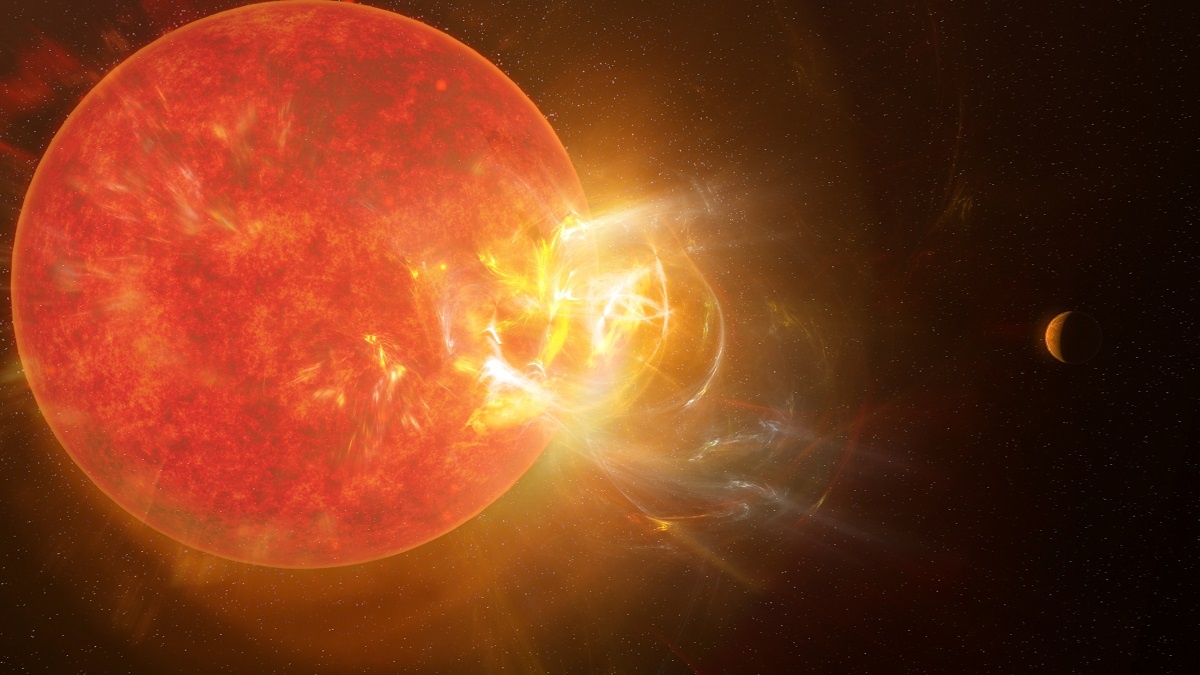
Proxima b, the closest exoplanet to our Solar System, has been a focal point of scientific study since it was first confirmed (in 2016). This terrestrial planet (aka. rocky) orbits Proxima Centauri, an M-type (red dwarf) star located 4.2 light-years beyond our Solar System – and is a part of the Alpha Centauri system. In addition to its proximity and rocky composition, it is also located within its parent star’s habitable zone (HZ).
Until a mission can be sent to this planet (such as Breakthrough Starshot), astrobiologists are forced to postulate about the possibility that life could exist there. Unfortunately, an international campaign that monitored Proxima Centauri for months using nine space- and ground-based telescopes recently spotted an extreme flare coming from the star, one which would have rendered Proxima b uninhabitable.
Continue reading “A Recent Megaflare Shows that Proxima Centauri is not a Nice Place to Live”Even older red dwarf stars are pumping out a surprising amount of deadly radiation at their planets
Most of the potentially habitable exoplanets we’ve discovered orbit small red dwarf stars. Red dwarfs make up about 75% of the stars in our galaxy. Only about 7.5% of stars are g-type like our Sun. As we look for life on other worlds, red dwarfs would seem to be their most likely home. But red dwarfs pose a serious problem for habitable worlds.
Continue reading “Even older red dwarf stars are pumping out a surprising amount of deadly radiation at their planets”Beyond “Fermi’s Paradox” X: What is the Firstborn Hypothesis?
Welcome back to our Fermi Paradox series, where we take a look at possible resolutions to Enrico Fermi’s famous question, “Where Is Everybody?” Today, we examine the possibility that the reason for the Great Silence is that we are “early to the party”!
In 1950, Italian-American physicist Enrico Fermi sat down to lunch with some of his colleagues at the Los Alamos National Laboratory, where he had worked five years prior as part of the Manhattan Project. According to various accounts, the conversation turned to aliens and the recent spate of UFOs. Into this, Fermi issued a statement that would go down in the annals of history: “Where is everybody?“
This became the basis of the Fermi Paradox, which refers to the disparity between high probability estimates for the existence of extraterrestrial intelligence (ETI) and the apparent lack of evidence. Since Fermi’s time, there have been several proposed resolutions to his question, which includes the Firstborn Hypothesis that states that humanity could be the first intelligent life to emerge in our galaxy.
Continue reading “Beyond “Fermi’s Paradox” X: What is the Firstborn Hypothesis?”Astronomers Thought They’d Found a Red Dwarf That Wasn’t Hostile to its Habitable Zone Planets. They Were Wrong
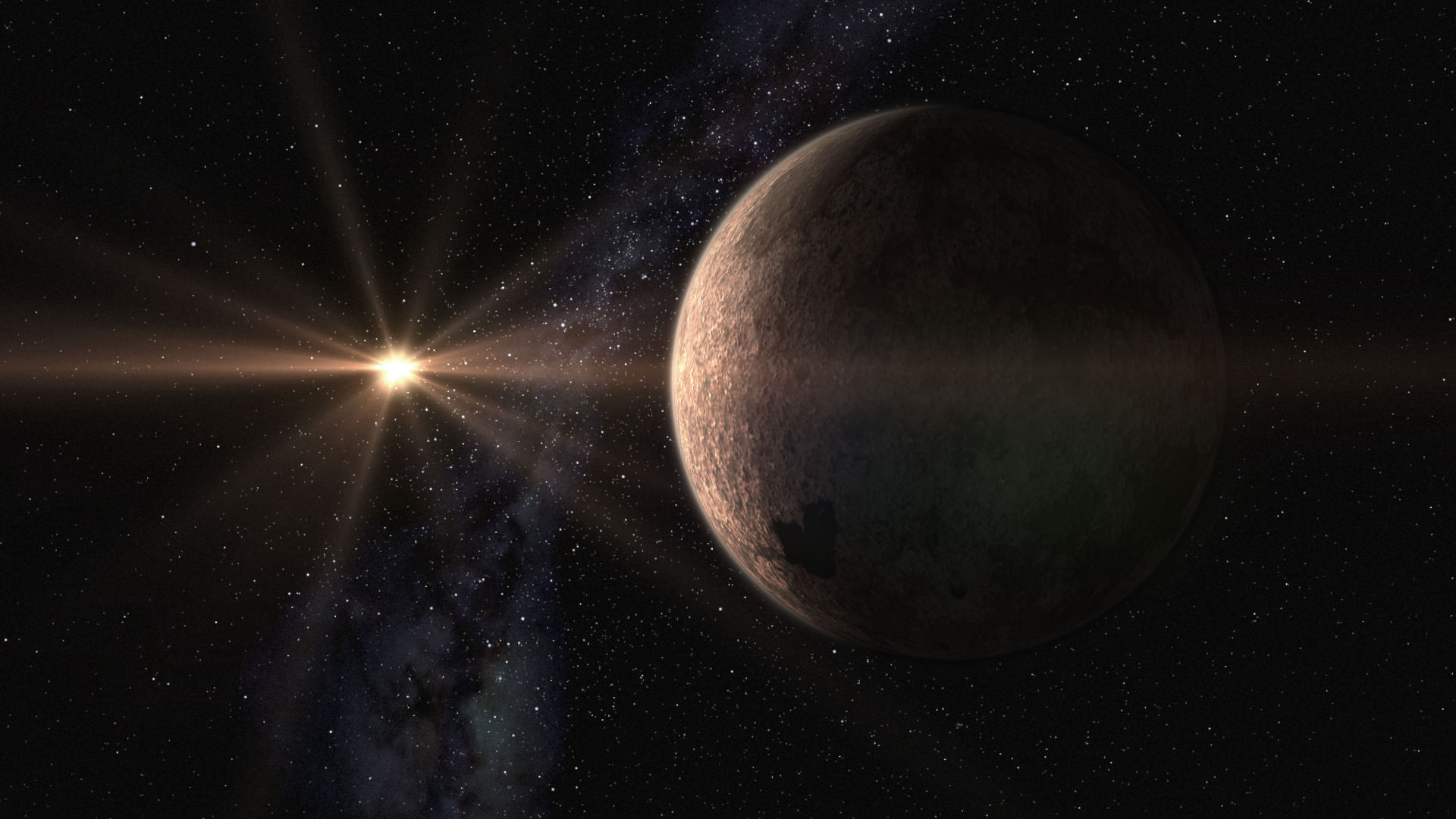
In the past decade, the study of exoplanets has grown by leaps and bounds. At present, a total of 4,201 planets have been confirmed beyond the Solar System and another 5,481 candidates await confirmation. In the midst of all this, M-type red dwarf stars have become a focus of exoplanet research because they appear to be the most likely place where rocky (aka. Earth-like) planets can be found orbiting within the star’s habitable zone (HZ).
However, that does not mean that red dwarf stars are good candidates for hosting habitable planets. Take GJ 887, for example, one of the brightest M stars in the sky that has a system of two (possibly three) planets. In the past, this star was believed to be calm and stable, but new research by astronomers from Arizona State University has shown that GJ 887 might not be so calm as previously thought.
Continue reading “Astronomers Thought They’d Found a Red Dwarf That Wasn’t Hostile to its Habitable Zone Planets. They Were Wrong”How Did the TRAPPIST-1 Planets Get Their Water?

In 2017, an international team of astronomers announced a momentous discovery. Based on years of observations, they found that the TRAPPIST-1 system (an M-type red dwarf located 40 light-years from Earth) contained no less than seven rocky planets! Equally exciting was the fact that three of these planets were found within the star’s Habitable Zone (HZ), and that the system itself has had 8 billion years to develop the chemistry for life.
At the same time, the fact that these planets orbit tightly around a red dwarf star has given rise to doubts that these three planets could maintain an atmosphere or liquid water for very long. According to new research by an international team of astronomers, it all comes down to the composition of the debris disk that the planets formed from and whether or not comets were around to distribute water afterward.
Read moreThe Perfect Stars to Search for Life On Their Planets
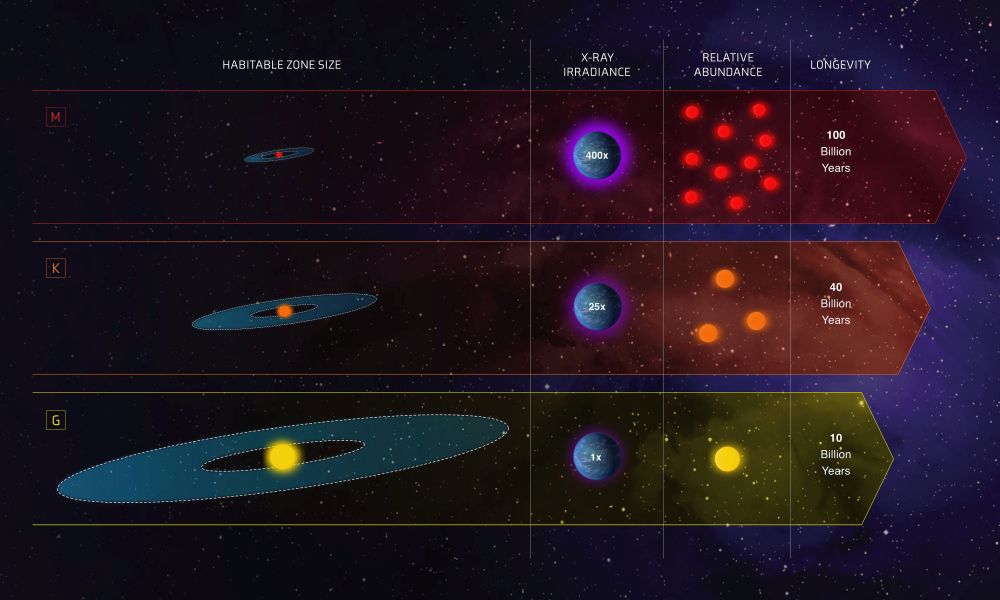
We tend to think of our Earthly circumstances as normal. A watery, temperate world orbiting a stable yellow star. A place where life has persisted for nearly 4 billion years. It’s almost inevitable that when we think of other places where life could thrive, we use our own experience as a benchmark.
But should we?
Continue reading “The Perfect Stars to Search for Life On Their Planets”
